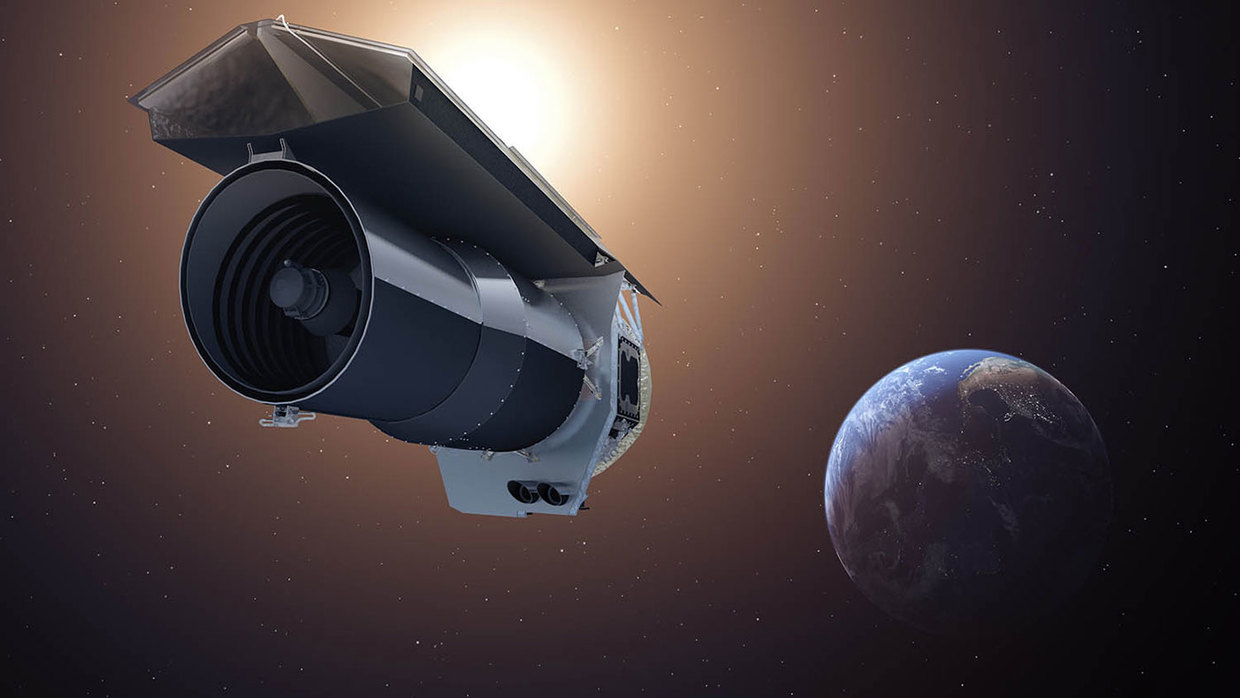
In a galaxy billions of light-years away, two gargantuan black holes are trapped in a cosmic dance that routinely unleashes an enormous explosion that’s brighter than one trillion suns.
One of the black holes is a complete colossus; weighing in at about 18 billion times more massive than the Sun, it is one of the largest black holes scientists have ever discovered. It dwarfs its dance partner, which is also huge, weighing 150 million Sun masses.
The pair are trapped in an endless dance in the OJ 287 galaxy, around 3.5 billion light-years from Earth.

Approximately twice every 12 years, the smaller black hole smashes through a huge disk of dust and gas that surrounds its supermassive partner. This unleashes the extraordinary explosion of light that’s brighter than one trillion stars. This stunning eruption is so bright that boffins can spot it from here on Earth and they have become adept at predicting the timing of the interaction.
NASA’s Jet Propulsion Laboratory has released an animation that captures the awesome phenomenon.
The smaller black hole’s oblong orbit makes it crash through the disk at irregular intervals, making it tricky for researchers to know exactly when the next explosion will occur.
However a new study, published in the Astrophysical Journal Letters, reveals that the experts got their predictions for the most recent event spot-on – and NASA’s Spitzer telescope managed to capture the OJ 287 galaxy at the perfect time.
“When I first checked the visibility of OJ 287, I was shocked to find that it became visible to Spitzer right on the day when the next flare was predicted to occur,” said Seppo Laine, a scientist working on Spitzer.

“It was extremely fortunate that we would be able to capture the peak of this flare with Spitzer, because no other human-made instruments were capable of achieving this feat at that specific point in time,” Laine added.
The next flaring is forecast to take place in 2022 and the following ones are set for 2033 and 2034. The stunning cosmic dance will ultimately end in disaster as the smaller black hole looks set to be swallowed by its giant partner within the next 10,000 years.
Like this story? Share it with a friend!




